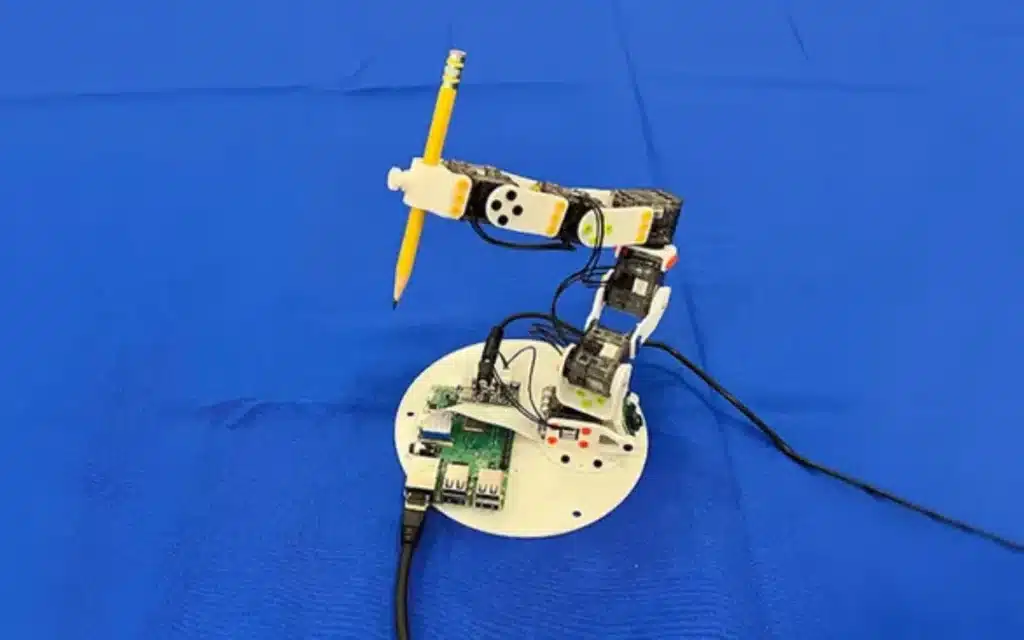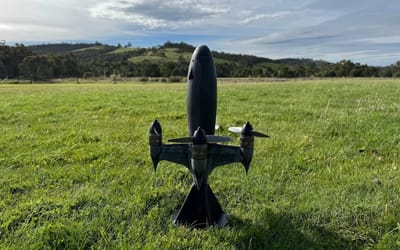Robots at MIT are learning movement with vision instead of sensors
Published on Jul 26, 2025 at 2:55 AM (UTC+4)
by Molly Davidson
Last updated on Jul 25, 2025 at 2:42 PM (UTC+4)
Edited by
Emma Matthews
MIT just developed AI that could teach robots how to move by letting them watch themselves.
No sensors. No code-heavy instruction manual. Just a camera and a curiosity loop.
It flails. It watches. It learns.
We’re not saying it’s self-aware yet. But it’s one step closer.
VISIT SBX CARS – View live supercar auctions powered by Supercar Blondie
The robots at MIT are teaching themselves how to move
Inside MIT’s Computer Science and Artificial Intelligence Lab (CSAIL), they’ve built a system called Neural Jacobian Fields.
Sounds intense, but what it does is weirdly simple: it lets robots teach themselves how their bodies move using just one regular camera.
No high-end sensors. No mechanical cheat codes. During testing, robots perform random movements while multiple cameras capture how their bodies respond.
The AI then builds a sort of 3D mirror, mapping how each visible point on its body connects to its motors.

Once trained, the system could control a robot using just one standard camera, enabling real-time movement without extra sensors.
“Think about how you learn to control your fingers: you wiggle, you observe, you adapt,” lead researcher Sizhe Lester Li said. That’s the entire system, boiled down to a single sentence.
The robot plays around until it figures out what makes its elbow twitch, or what moves its knee.
It’s trial-and-error with a doctorate.
And even crazier – the system can enable reaction speeds of about 12 control cycles per second. That’s quick enough for real-world tasks, at least in theory.
What happens when robots stop being polite and start being adaptive
This method flips traditional robotics on its head.
Usually, you build a robot for a job – sensors, code, and all. But what if you could build any shape, bolt on a camera, and just let it figure things out?
That’s what MIT is aiming for.
A future where robots adapt on their own, in real-world places like farms, construction zones, even disaster areas.
No fine-tuned hardware. No fragile, over-calibrated sensors. Just one eye and some brainpower.

Even better? If the robot gets bumped, bent, or loses a limb, it can just retrain itself. Like a pro athlete recovering from an injury.
That kind of resilience makes them perfect for messy, unpredictable places – the kind where plans fall apart fast.
So yeah, they’re not sentient. Yet. But this AI is watching, learning, and getting smarter with every test.
DISCOVER SBX CARS: The global premium car auction platform powered by Supercar Blondie
Molly Davidson is a Junior Content Writer at Supercar Blondie. Based in Melbourne, she holds a double Bachelor’s degree in Arts/Law from Swinburne University and a Master’s of Writing and Publishing from RMIT. Molly has contributed to a range of magazines and journals, developing a strong interest in lifestyle and car news content. When she’s not writing, she’s spending quality time with her rescue English staffy, Boof.




